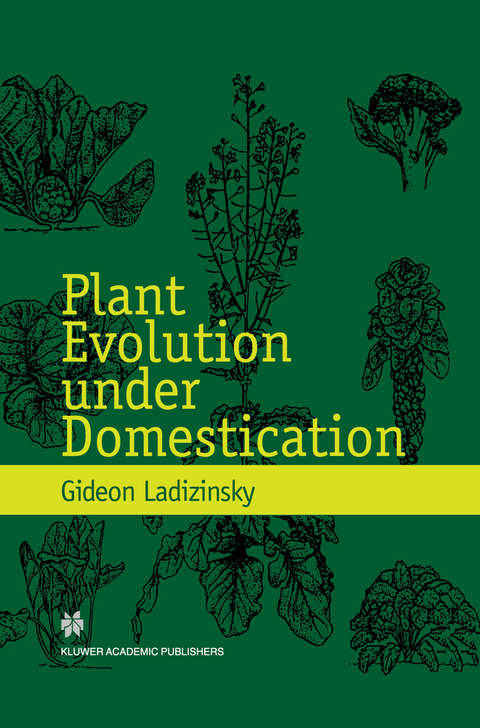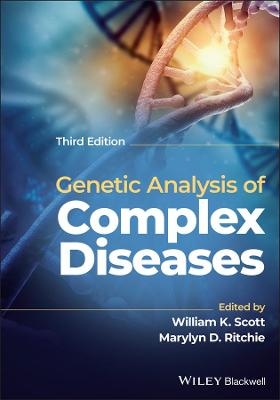
Plant Evolution under Domestication
Chapman and Hall (Verlag)
978-0-412-82210-0 (ISBN)
This book emerged from a series of lectures on crop evolution at the Faculty of Agriculture of The Hebrew University of Jerusalem. While many textbooks are available on general evolution, only a few deal with evolution under domestication. This book is a modest attempt to bridge this gap. It was written for advanced undergraduate and graduate students in the fields of crop evolution, ethnobotany, plant breeding and related subjects. Evolution under domestication is unique in the general field of plant evolution for three main reasons: (a) it is recent, having started not much more than 10 000 years ago with the emergence of agri culture; (b) the original plant material, i. e. the wild progenitors of many important crop plants, still grow in their natural habitats; (c) man played in this process. These factors enable a more reliable a major role assessment of the impact of different evolutionary forces such as hybridization, migration, selection and drift under new circumstances. Interestingly, a great part of evolution under domestication has been unconscious and a result of agricultural practices which have created a new selection criteria, mostly against characters favored by natural selec tion. Introducing crop plants to new territories exposed them to different ecological conditions enhancing selection for new characters. Diversity in characters associated with crop plants evolution is virtually absent in theit wild progenitors and most of it has evolved under domestication.
1. Origin of agriculture.- 1.1 The economy of hunter-gatherers.- 1.2 Agriculture, cultivation, domestication and their meanings.- 1.3 Transition from foraging to farming.- 1.4 The beginning of evolution under domestication.- 1.5 Time and place of domestication.- 1.6 Patterns of domestication.- 1.7 Botany of crop plants.- 1.8 Centers of plant domestication.- 1.9 Conclusions.- 2. Increasing diversity under domestication.- 2.1 Mutations and their effect.- 2.2 Hybridization.- 2.3 Barriers to introgression.- 2.4 Crop diffusion.- 2.5 Manipulating genetic variation by breeding.- 2.6 Developing new variation by transgenesis.- 2.7 Conclusions.- 3. The course of reducing and maintaining genetic diversity under domestication.- 3.1 Selection.- 3.2 Genetic drift.- 3.3 Conclusions.- 4. Speciation under domestication.- 4.1 The species concept.- 4.2 The process of speciation.- 4.3 Instantaneous formation of RIBs.- 4.4 Speciation under domestication.- 4.5 Conclusions.- 5. Weeds and their evolution.- 5.1 Definitions of weeds.- 5.2 Origin of weeds.- 5.3 Biological characteristics of weeds.- 5.4 Weed evolution.- 5.5 Conclusions.- 6. Evolution of selected crop plants.- 6.1 Faba bean, Vicia faba (Leguminosae-Papilionideae).- 6.2 Chickpea, Cicer arietinum (Leguminosae-Papilionideae).- 6.3 Barley, Hordeum vulgare (Gramineae-Triticinae).- 6.4 Maize, Zea mays (Gramineae-Maydeae).- 6.5 Oats, Avena spp. (Gramineae-Aveneae).- 6.6 Lettuce, Lactuca sativa (Compositae).- 6.7 Carrot, Daucus carota (Umbelliferae).- 6.8 Potato, Solanum tuberosum (Solanaceae).- 6.9 Almond, Amygdalus communis (Rosaceae).- 6.10 Grapes, Vitis vinifera (Vitiaceae).- 6.11 Bananas, Musa (Musaceae).- 6.12 Vetch, Vicia sativa (Leguminosae-Papilionideae).- 7. Genetic resources for future crop evolution.- 7.1 Cultivated germplasm.-7.2 Identifying, locating and collecting wild genetic resources.- 7.3 The field work.- 7.4 Gene banks and their role.- 7.5 In situ conservation.- References.
| Zusatzinfo | X, 254 p. |
|---|---|
| Verlagsort | London |
| Sprache | englisch |
| Maße | 155 x 235 mm |
| Themenwelt | Studium ► 2. Studienabschnitt (Klinik) ► Humangenetik |
| Naturwissenschaften ► Biologie ► Botanik | |
| Weitere Fachgebiete ► Land- / Forstwirtschaft / Fischerei | |
| ISBN-10 | 0-412-82210-5 / 0412822105 |
| ISBN-13 | 978-0-412-82210-0 / 9780412822100 |
| Zustand | Neuware |
| Haben Sie eine Frage zum Produkt? |
aus dem Bereich


